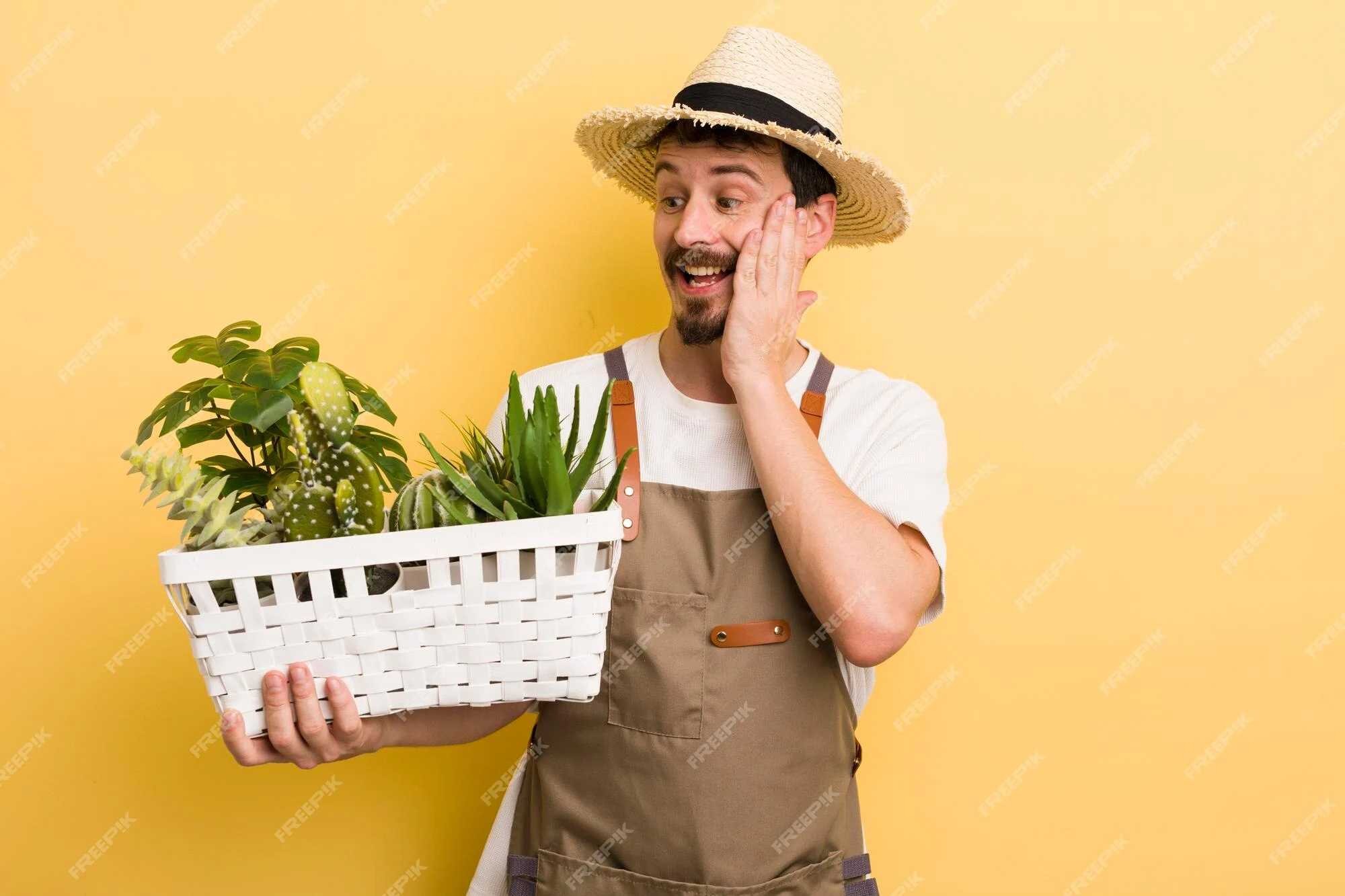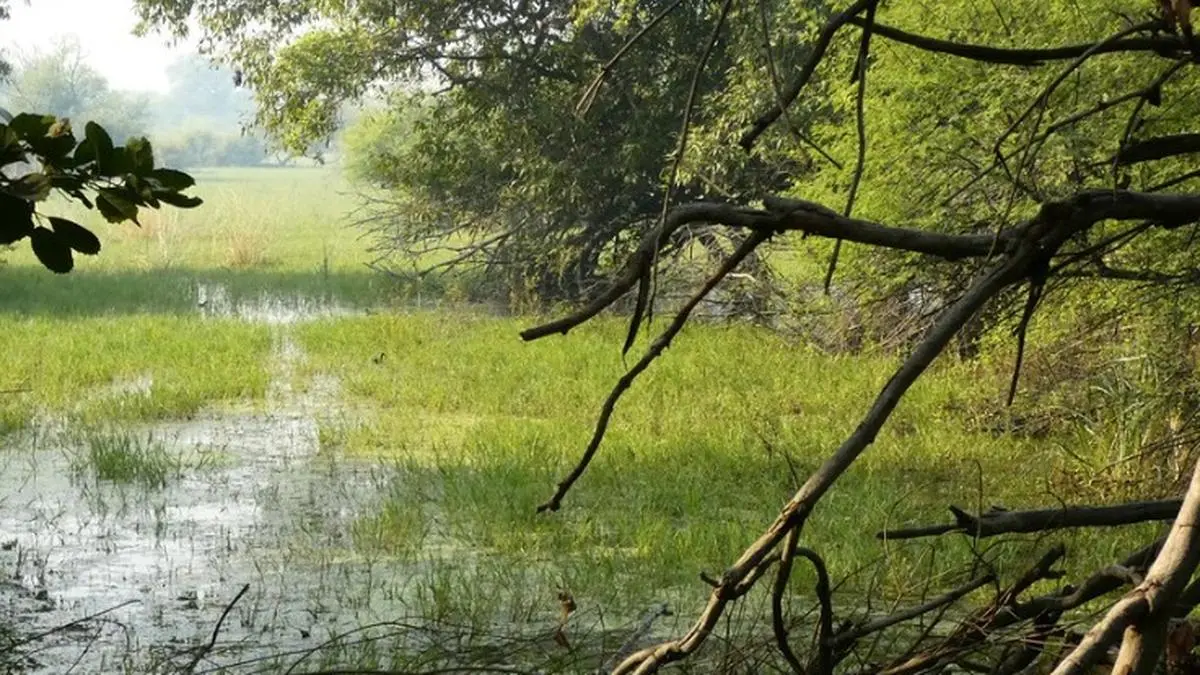One of the biggest differences between animals and plants is how they react to things. Humans have a brain, where we understand and form reactions to things. Our “emotional” reactions are just complex reactions to complex social cues. Plants have no central nervous system, but they are still able to process information from the environment and react to it. Do plants have feeling? like we do, let’s explore in this blog :-
Plants Vs Animal Feelings
All animals have neurons that send sensory signals to the central nervous system in the brain. In humans, when your brain senses that these signals are negative and harmful, it sends them back to their source, prompting you to respond to stop the pain from continuing.
Like us, animals have memories that help us prevent pain in the future. However, memories of past injuries don’t cause our bodies to pump adrenaline when the memory comes back.
Plants do not have a central nervous system. However, they do respond to negative or unpleasant stimuli. For example, touch the leaves of the so-called sensitive plant, mimosa pudica. The plant will close the leaves. Pruning a shrub will cause the shrub to develop a callous tissue around the wound. This callous tissue is likely to stimulate new growth beneath the cut.

Plants don’t store memories of these events in a central brain. They store them all over the plant, close to where the memory needs to be stored. It’s not just a physical reaction to stimuli. Touch a sensitive plant’s leaves a few times, and it won’t close its leaves again. It knows that the sensation isn’t a threat, and it’ll store that knowledge for at least 40 days.
Confusion?
Do Plants have feelings or not?
In the same way, perennial flowering plants know when to start blooming in the spring. Blooming before pollinators have returned from winter will not be productive. Blooming while it is still too cold could result in injury or even death. Many plants produce proteins that tell them how many days have passed since the last time they were exposed to the cold and they only start growing against it when they think it is safe.
Plants Listen to Each other
Like many other creatures, some plants communicate through sound. Sounds are vibrations in the air, something that plant cells can learn to create and plant fibers can learn to detect. Recent research on plant communication has revealed that some plants produce high frequency sound waves. For example, tomato and tobacco plants make sounds during drought or when they cut their leaves.
You can also listen to plants. Pea plants, for example, will send their roots towards the sound of running water, even if the sound is not audible and there is no water present. Similarly, primrose flowers will produce more sweet nectar when they are exposed to the buzzing of bees (natural or artificial).
Touch
Some climbing plants (like sweetpeas) will cling to something to support themselves as they climb, while others (like Arabidopsis) will be stressed by touch which will inhibit their growth. Many species use their root system to spread out across the soil, avoiding rocks and poisonous plants. Some plants even have specific leaves that sense and react to specific sensations. For instance, the leaves of sensitive plants (like mimosa pygmae) fold inward when touched to protect themselves from damage.
Also Read our Blog:- https://buzzenviro.com/10-amazing-plants-that-thrive-in-the-tundra-biome/
Another example of a quick-closing trap is a Venus flytrap. (If you’ve ever tickled one, you’ll know what I’m talking about.) These traps are made of modified leaves that have been carefully engineered to catch insects that fall into them, ignoring debris that falls into them. The surface of the modified leaves is covered in tiny trigger hairs. When you touch a hair on the surface of the modified leaf, a chemical trigger is triggered inside the leaf. But only when you touch a second hair within this time does the leaf close and start digesting the prey inside. By needing a second trigger, these leaves are able to tell live organisms apart from debris, making sure they only catch what they need to live.
Taste and Smell
Plants are photosynthesising, meaning they produce their own food, so they do not need the type of taste we recognise. Taste and smell, on the other hand, rely on the recognition of chemicals by specialised receptors, so they are closely connected. Plants use this same mechanism for a number of important reasons. For example, they use it to find nutrients in soil and to avoid rooting around toxic substances. The most amazing thing about plants is that they can “smell” their neighbours and find out who their relatives are. Tomato growers are familiar with the parasitic vine, the dodder vine. This vine locates its host and grows towards it because it can sense volatile chemicals in the air.
Below the surface, plants communicate with each other. Tree roots work together with fungi to form large networks of mycorrhiza. In her study of forest ecology, Suzanne Simard found that almost all trees in a forest were connected to the mycorrhiza network. The mycorrhiza networks allow trees to share carbon, nutrients and water with each other, as well as sending alarm signals to one another. Parent trees also detect saplings in the forest and send them nutrients and water, helping them survive.






